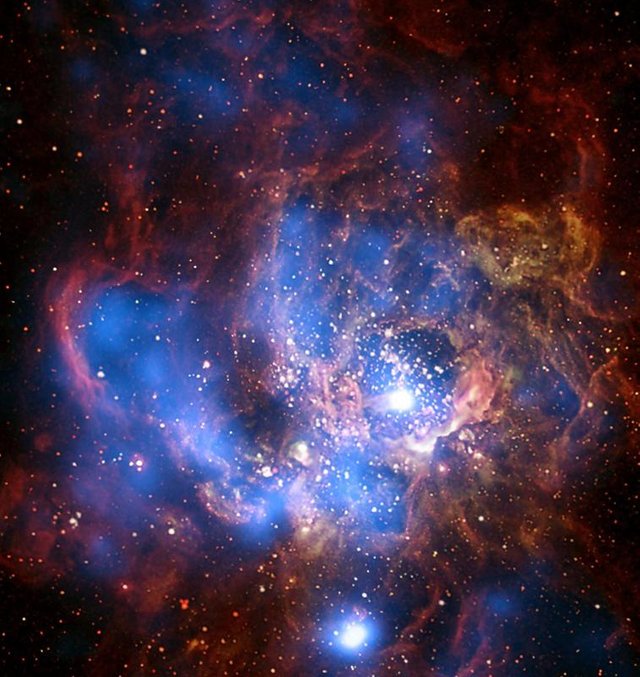
Evolution
All the stars that we have chance to observe were born in gas and dust clouds from interstellar material. It is the natural environment that enables new stars to form. Under the influence of its own gravity, the denser parts of the cloud shrink and gradually increase their temperature. For a long time, the nucleus of the future star, so-called protostar, forms in the gas cloud. During condensation, it heats up to 3000K, and in the center even up to a million Kelvin. When the temperature in the star's core reaches about 15 million Kelvin, a thermonuclear reaction begins in it, which we can represent as shown in the picture below.

This reaction converts the hydrogen into helium. Depending on the initial mass, this process can span from millions to even 10 billion years. Initial mass also affects the intensity of the reaction, which implies longer lifetime and the possibility of violent death. The closest star that exists at this stage is our sun. Due to the fact that every star has a limited amount of hydrogen, it must come to a point where it runs out of all its fuel. The helium core then begins to gradually shrink and heat up, and the outer layers of the star swell rapidly. When the temperature of the core reaches the temperature of 10^8 Kelvin, the thermonuclear process of transforming helium into carbon begins
 As carbon is added, another reaction begins.
As carbon is added, another reaction begins.

The star existing in this phase is called a supergiant (red giant) and may be larger than the orbit of the Earth.
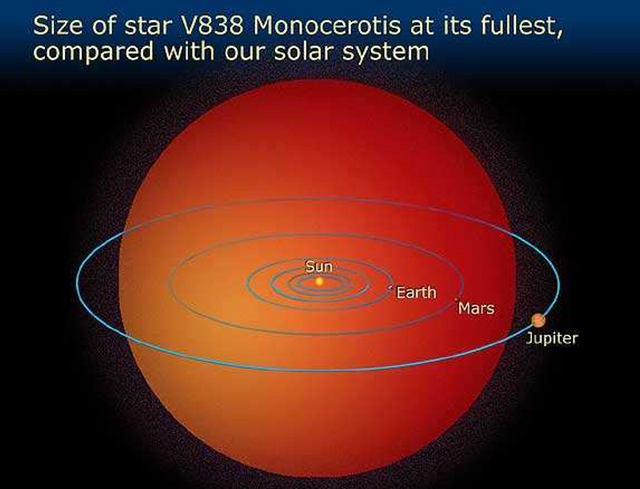
When the helium supply is depleted and the core reaches a temperature of around 800 million Kelvin, new thermonuclear reactions begin.

Subsequent thermonuclear processes of this type lead to the formation of even heavier elements, up to iron.
After some time, the star's iron core implodes, resulting in an exotic object called a neutron star.
The formation of a neutron star is accompanied by an explosion in the outer layers of the star, which is known as a supernova explosion. During the collapse of the iron core, when the temperature reaches several billion Kelvin, the process of disintegration of the atomic nuclei begins.
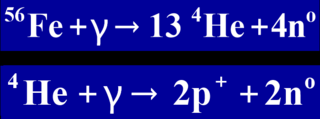
This is followed by the so-called neutronization process of matter in a reaction known as the reverse beta process.

In which a huge amount of neutrinos is released.
CORE IMPLOSION PHASES
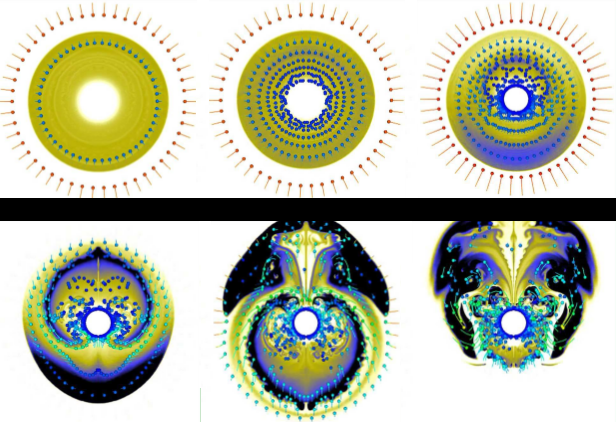
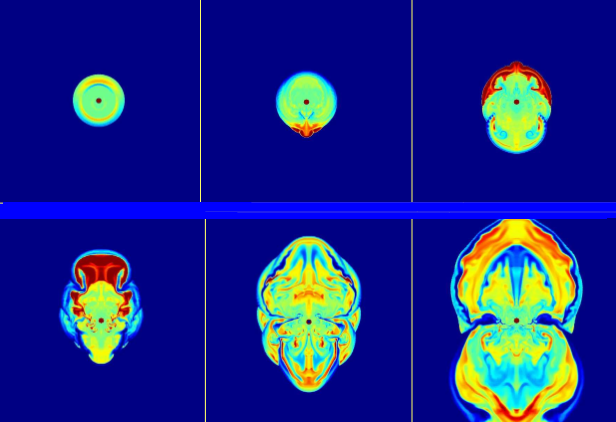
Nuclear laboratories
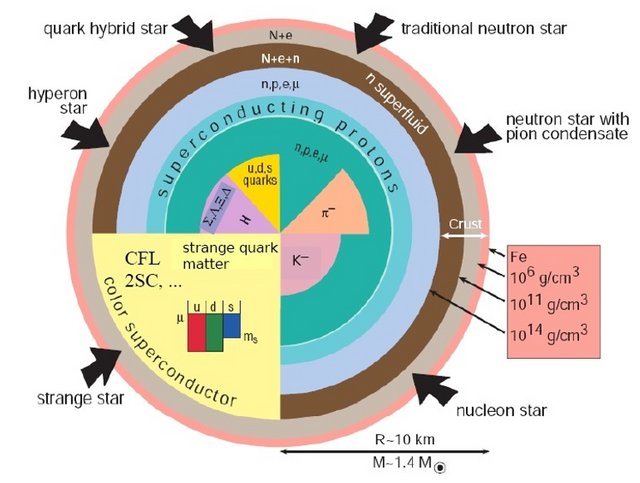
Neutron stars are characterized by enormous density (an average of 100 million tons per cubic cm), gravity of 10^10 of Earth's gravity, pressure of ~ 10^30 atmospheres, and fast rotation around its axis (up to 700 revolutions per second ~ 0.1c). Its radius can be 10 kilometers, and its mass may be up to 1.5 times that of the sun. It is like a giant atomic nucleus consisting of 10^50 nucleons. The interior of neutron stars has not yet been thoroughly investigated.
Thank you for paying attention to this short article.
The images are from public sites.

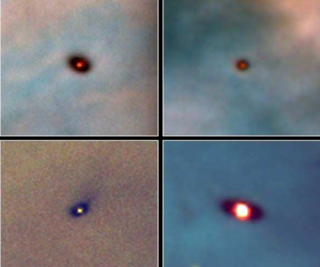





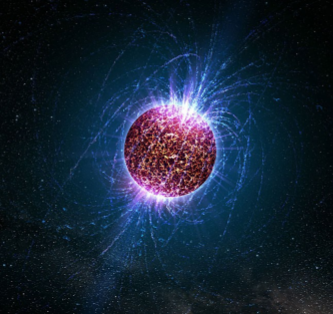





For more,you can visit this community
JOIN WITH US ON DISCORD SERVER:
Downvoting a post can decrease pending rewards and make it less visible. Common reasons:
Submit
You have been Upvoted @steemitinland. You can support us by delegating your idle sp. You can delegate in our community by clicking through these links.
in
Discord Server
Downvoting a post can decrease pending rewards and make it less visible. Common reasons:
Submit